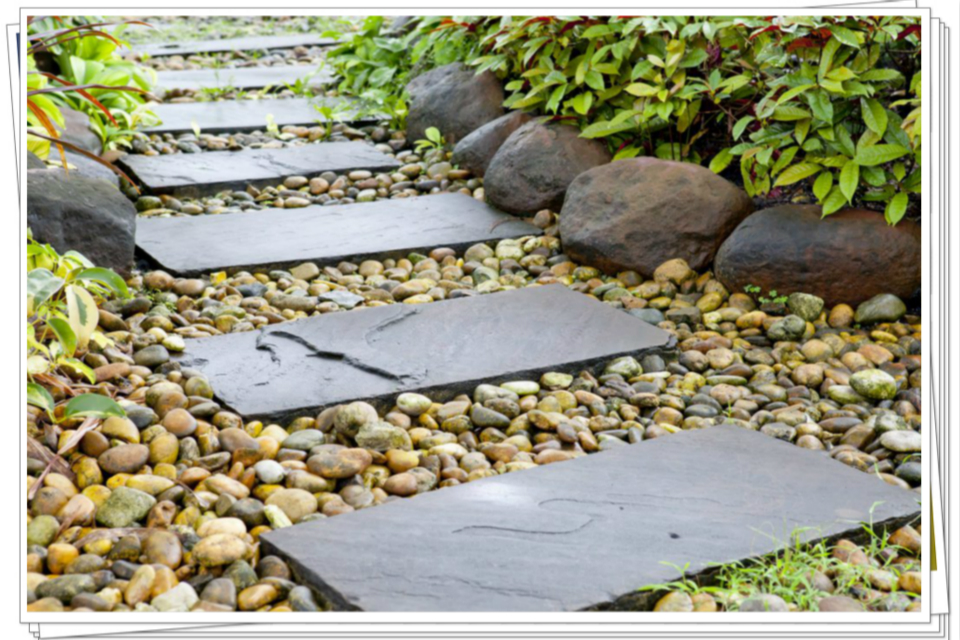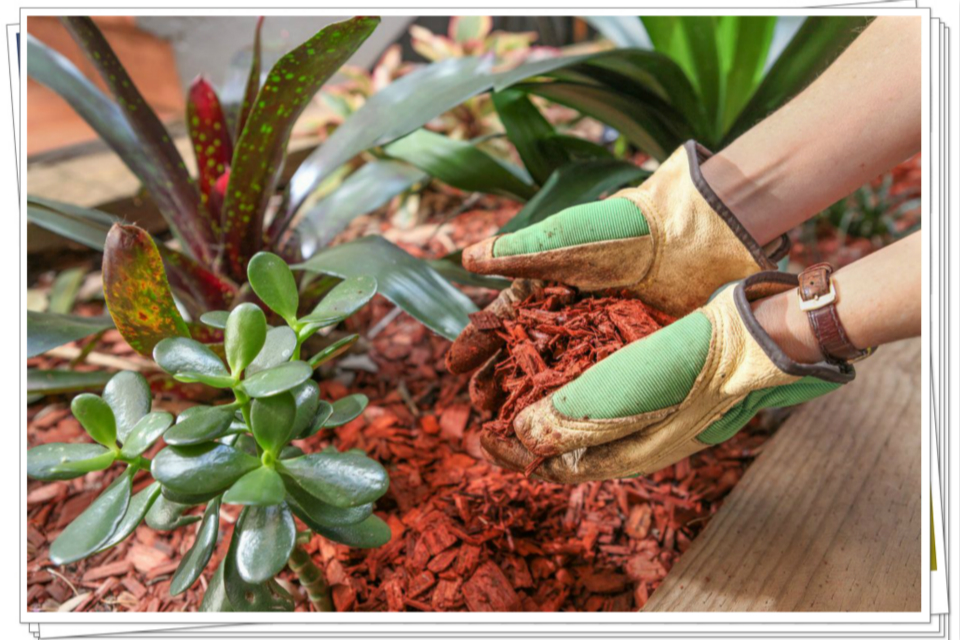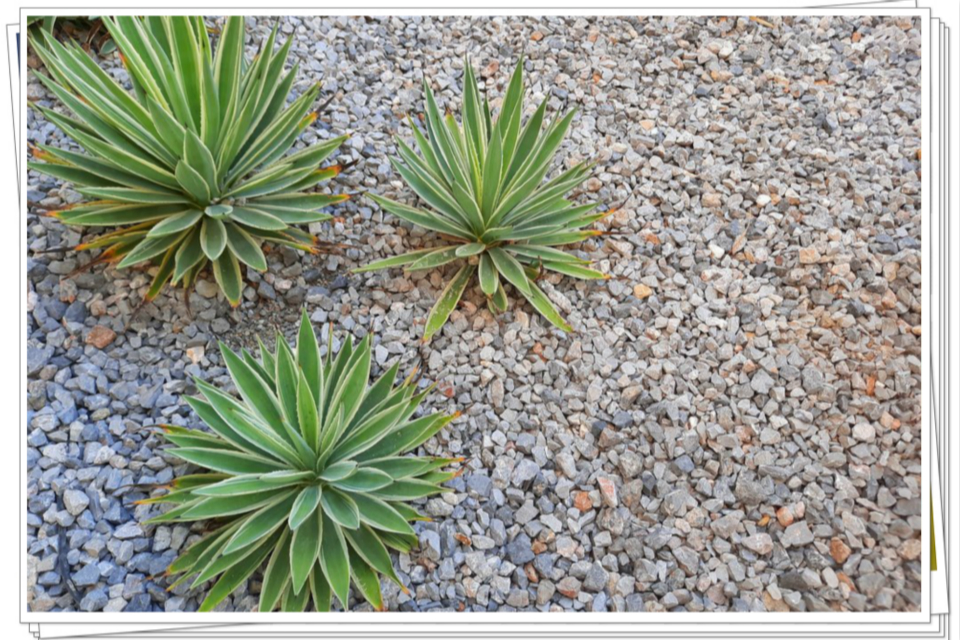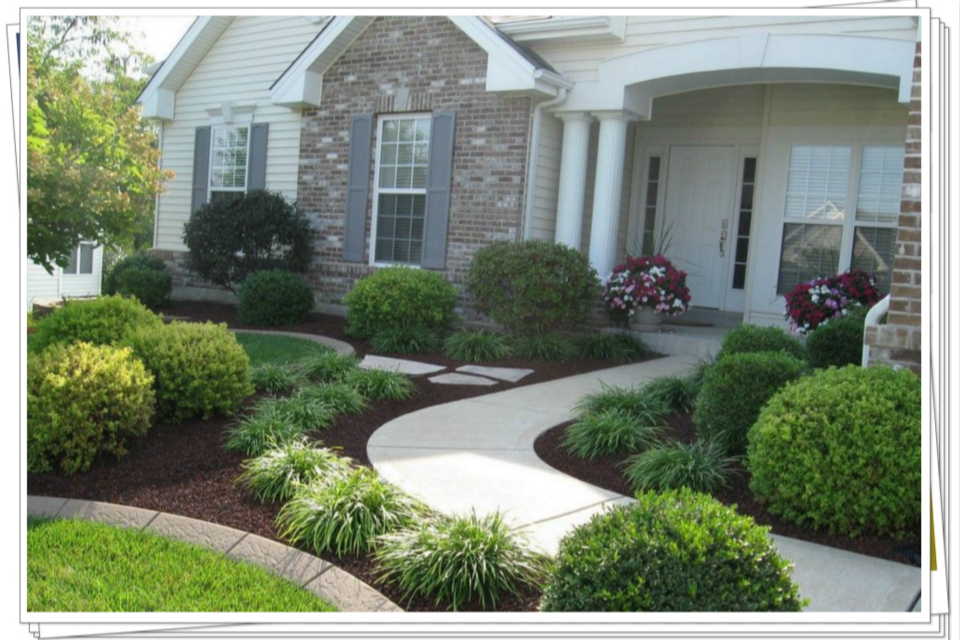Xeriscaping is a landscaping or gardening process that reduces or eliminates the need to replenish water from irrigation. This approach focuses on integrating native drought-tolerant plants into the landscape and arranging them in a way that saves water. Drought irrigation is the practice of designing landscapes to reduce or eliminate irrigation requirements. This means that dry areas require little water beyond what their natural climate can provide.
Xerophytic gardening continues to gain popularity around the world as the benefits of this landscaping technique are discovered. In Latin, Xero means dry, while scape means landscape or scenery. As an official landscaping technique, drought irrigation seems to have “originated” in the 1980s during years of drought in the Western United States, but people have been planting it for centuries to adapt to the local climate.
The truth is, Xeriscape Front Yard and Landscaping can actually save you quite a bit of money over time if you can commit to a modest budget and a bit of hard work up front. So, if you’re want to create a beautiful landscape for your home that also saves water? Check out these smart tips that will reduce landscape water use but still leave your property looking beautiful and alive.

1. Water Conservation
The fundamental element of Xeriscape design is water conservation. Landscape designers constantly look for ways to reduce the amount of applied water and to maximize the use of natural precipitation. When you by-pass the professionals, you save a lot of money, but you also risk making a few mistakes. To decrease the risk, do your homework about drought-tolerant plants that will do well in your area and take some time to create a garden design on grid paper.
Xeriscapes can reduce water use 60% or more compared to regular lawn landscapes. Water saved may be available for other domestic and community uses and the environment.
2. Soil Improvement

The ideal soil in a water-conserving landscape does two things simultaneously: it drains quickly and stores water at the same time.
Take advantage of rainfall, Xeriscape plantings with appropriate design, soil grading, and mulching helps retain rainwater and reduce irrigation needs. Reduce fertilizer use, Fertilizers contain phosphorus, nitrogen, and potassium that can promote the growth of harmful algae.
Garden Weed Barrier Landscape Fabric Durable & Heavy-Duty Weed Block Gardening Mat
YOUR SOIL HAS VALUE & WE KNOW IT – Our exclusive garden weed control mat is designed to let air and water through, thus conserving your soil’s moisture and preserving its value. The ECOgardener simple and easy gardening solution is going to keep weeds away without blocking air or water.
3. Create Limited Turf Areas
Reduce the size of turf areas as much as possible, while retaining some turf for open space, functionality and visual appeal. Fossil fuel consumption from gas mowers is minimized or eliminated with minimal turf areas. Small turf areas can be maintained with a reel mower.
Plow & Hearth Weather-Resistant Straight Hardwood
Roll out our Straight Hardwood Pathway and stay high and dry while crossing damp or muddy ground. Naturally weather-resistant hardwood planks are joined with wire and rubber spacers to create these portable, easy-to-use walkways.
Easy to clean and store: just rinse with a hose, dry thoroughly, roll it up and pack it away.
4. Use Appropriate Plants

Xeriscaping has become widely popular in some areas because of its environmental and financial benefits. The most important environmental aspect of xeriscaping is choosing vegetation that is appropriate for the climate. Vegetation that thrives with little added irrigation is called drought-tolerant vegetation. Xeriscaping often means replacing grassy lawns with soil, rocks, mulch, and drought-tolerant native plant species. Trees such as myrtles and flowers such as daffodils are drought-tolerant plants.
For best results, select plants that are native to your region.Some favorite drought-tolerant plants that spread or can be divided regularly include coneflower, sedum, bearded iris, salvia, lupine, Russian sage, and bee balm (many of these are found in various options of Garden In A Box). Low-water groundcovers that spread easily include various types of speedwell, thyme, and low-growing sedum like Angelina stonecrop. Some annuals that spread by seed include zinnia, petunia, marigold, and sunflower.
GardenBliss Best Solar Lights
BRIGHTEST SOLAR LIGHTS TO GIVE LIGHT IN DARKNESS! Get ready to fall in love with the brightest outdoor solar lights on the market today! Transform your outside walkways, gardens, and patios into a beautiful heaven-on-Earth with our premium-value.
5. Mulch
Cover the soil’s surface around plants with a mulch, such as leaves, coarse compost, pine needles, wood chips, bark or gravel. If you or a friend has a shredder/mulcher, you can make mulch that is of a much higher quality than anything you can buy from a nursery or landscape supply store. Shredded leaves and small clippings make great mulch that will stop weeds, slow water evaporation and improve soil health. Just be mindful of the extremely xeric plants that don’t like to “get their feet wet.” Avoid putting mulch too close to the base of these plants and opt for a bit of pea gravel, instead.
6. Irrigate
Water conservation is the goal, so avoid overwatering. Another main component of xeriscaping is installing efficient irrigation methods. Drips and soaker hoses direct water directly to the base of the plant and prevent the water evaporation that sprinklers allow. More efficient irrigation is also achieved when types of plants with similar water needs are grouped together. A xeriscaped landscape needs less maintenance than an area landscaped with grass and water-intensive plants.
7. Maintain Your Landscape
Low-maintenance is one of the benefits of xeriscape. Aside from occasional pruning and weeding, maintenance is minimal. Watering requirements are low, and can be met with simple irrigation systems.
Dimex EasyFlex Plastic No-Dig Landscape Edging Kit
EASYFLEX NO-DIG LANDSCAPE EDGING: Create a beautifully landscaped yard without having to hire a professional – lawn edging that is easy to install with no digging required.
Whether you’re an experienced landscaper or a DIY weekend warrior, EasyFlex No-Dig Edging makes lawn edging easy to keep your garden in shape. Simply trim the edging to the desired length, create your design, and hammer spikes into the tabs – then sit back and enjoy your beautiful landscape design.
A well-planned xeriscape can be colorful and beautiful while conserving water and saving you time, energy, and money. Proper plant selection and efficient irrigation practices are the keys. You need not rip out your existing lawn and garden and start all over. Xeriscape can be a gradual process with relatively inexpensive, weekend-manageable projects.
7 Principles of Xeriscape Front Yard and Landscaping
if you’re want to create a beautiful landscape for your home that also saves water? Check out these smart tips that will looking beautiful and alive.#landscapingfrontyard #xeriscapefrontyardhttps://t.co/YmyPGKm57z pic.twitter.com/FkExeUArgn— classicmensworld.com (@classicmenswor1) November 14, 2020




